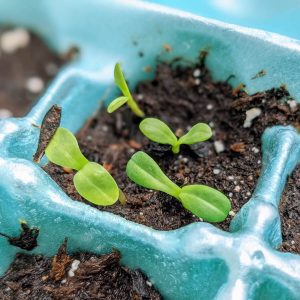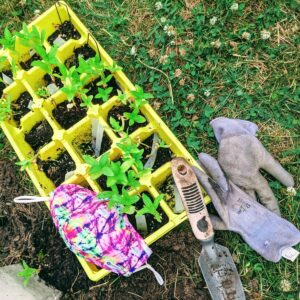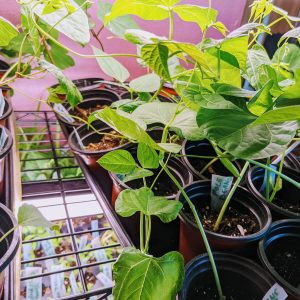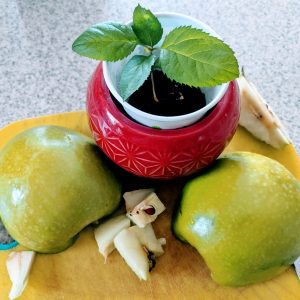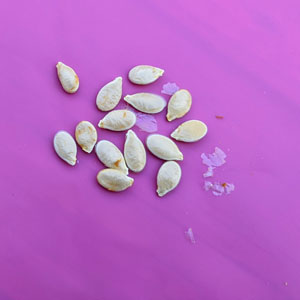Leggy Seedlings 101 – Why & How to Fix | Plant Doc
“Leggy” is a word used to describe seedlings that grow thin and spindly. Leggy seedlings are a common problem for many gardeners of all ages. The good news is knowledge is power and I can help you fix leggy seedlings!
What Causes Leggy Seedlings?
When seedlings growing indoors don’t get enough light, they become leggy. Young seedlings grown indoors need quite a bit of light to grow to be healthy and strong. Indoor grow lights can generally eliminate the risk of ending up with leggy seedlings.
The delicate, thin structure of these young plants generally means they are not strong or robust to stand on their own in the outdoor environment. They may be more prone to wind damage or outright snapping in half.
How to Fix Leggy Seedlings?
In some cases, it is possible to fix leggy seedlings. In others, you might as well start a new tray of seeds or better yet, wait until you can direct sow outside for stronger plants.
Simply setting a tray of seeds or seedlings near a window may not be enough to satisfy their need for sunlight. Especially during the short winter days, the position of the sun may not reach the seedlings effectively.
Still, you can improve the prognosis of spindly young plants with ample sunlight! Try these suggestions for how to fix leggy seedlings.
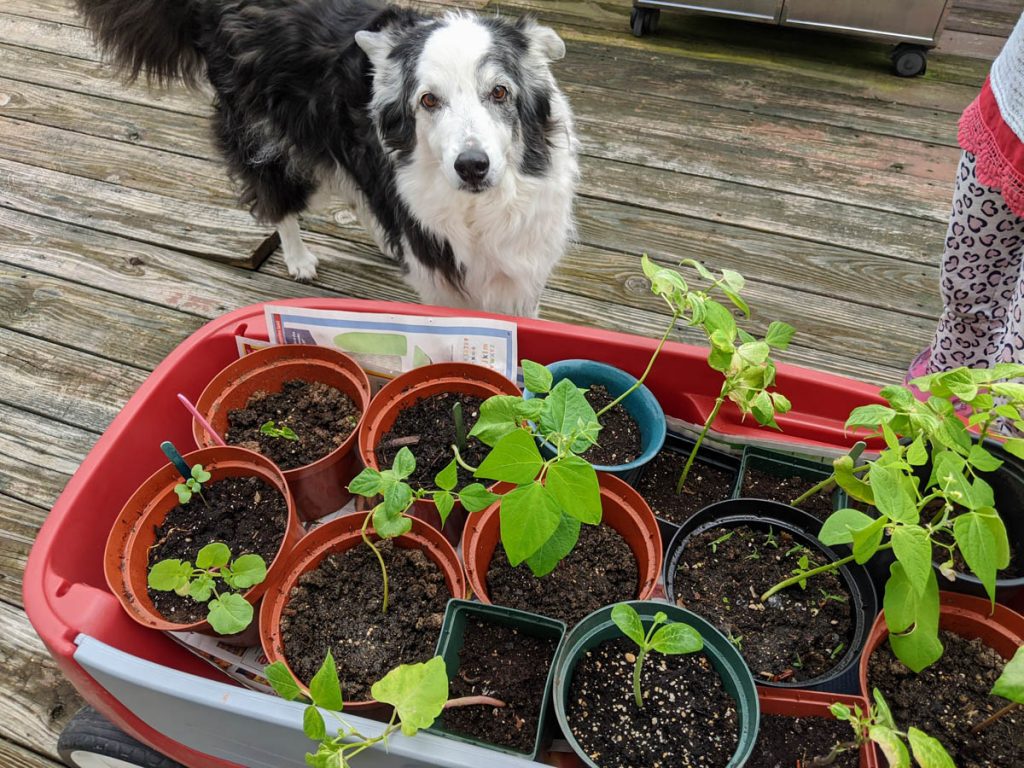
Spindly Seedlings Fix
To begin a leggy seedlings fix, the solution sometimes depends on the type of plant you’re growing. Consider these tips on improving seedlings that have become leggy.
Leggy Tomatoes
Some plants, like tomatoes, are capable of growing roots along their stems. Look for fine hairs or bumps as a hopeful indicator that your leggy plants may benefit from a bit of burying.
- For tomatoes, bury a bit and encourage the stems to produce more roots. Simply bury the baby plants up to the cotyledon or first set of leaves and allow Mother Nature to encourage more roots along the stem.
- When transplanting tomatoes outside, you can lay the plants horizontally. This can help to create even more roots. The growth tip will point upward to the sun and in time will grow upright vigorously.
Scrawny Beans
Oh, I’ve had problems with leggy beans. My big problem this year was planting my pole beans indoors too early in late April. Next time I think I’ll plant them about two or three weeks prior to the last frost.
Leggy beans are tough to fix in my humble opinion. These plants can easily snap in half in the wind. If they snap below the bottom set of leaves, you’re likely sunk. You need those leaf nodes to create more growing tips.
In some cases, I’ve been able to save a snapped stem that hasn’t totally disconnected from a bean plant with masking tape. I simply tape around the cut, reconnecting the stem.
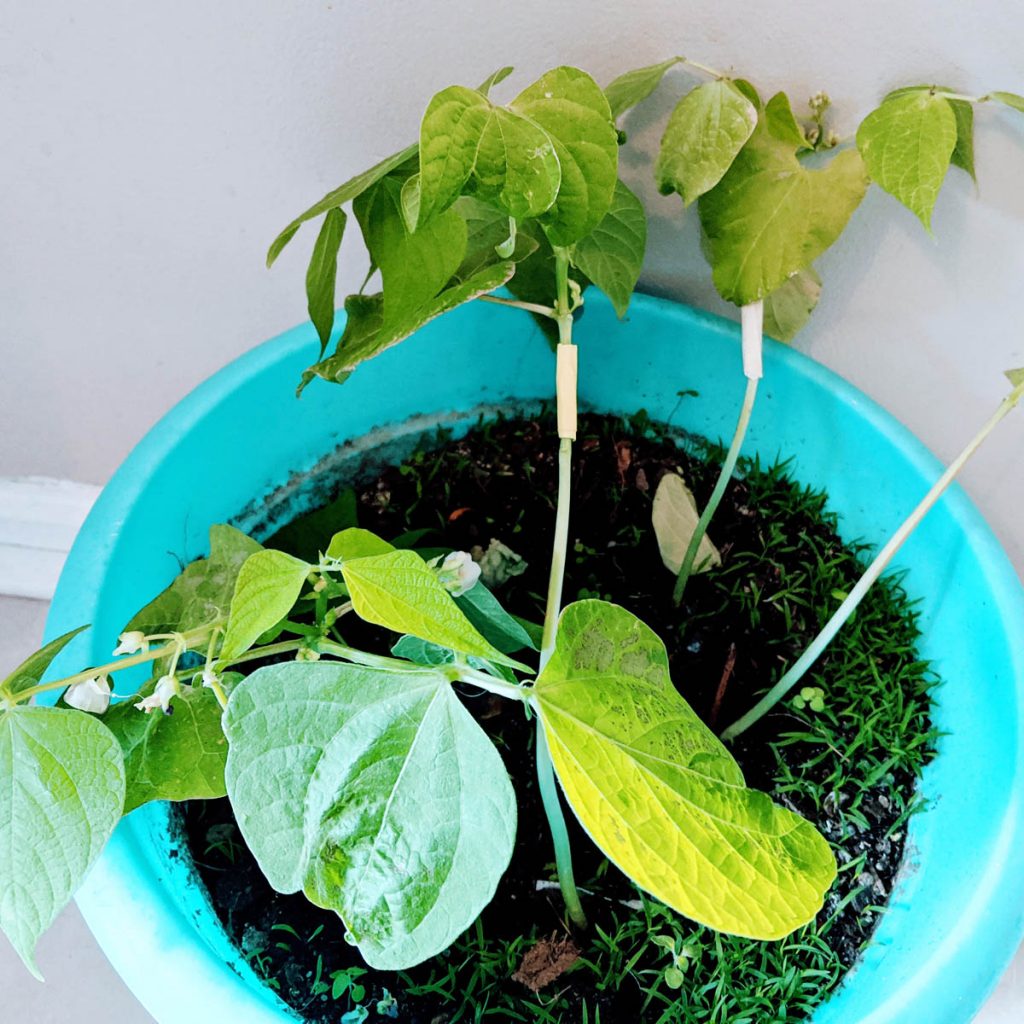
Historically, though, in my experience, these plants are never quite as strong. I’ve had better luck with sunflowers and the very same effort.
- For leggy beans, I suggest succession planting. If your first crop doesn’t come in entirely strong, a second crop started two weeks later will soon be ready to shine.
Leggy Pumpkins and Squash
Amazingly, I’ve had great luck saving and fixing leggy squash plants and leggy pumpkins. Both seem to grow new roots rather easily from their stems.
I even had a patty pan squash plant totally snap in half. I mean the stem was severed in two! And I was able to discard the roots end and replant the portion with all the leaves.
Soon, in a matter of two or three days, I already saw new roots growing! (I babied this plant under grow lights.)
- For leggy squash with weak stems, consider rerooting. If a stem is bending, broken, or not supporting the plant, lighten the load a bit. Snip the stem and bury it in moist potting mix under grow lights. Remove a few large leaves and any that show signs of damage. This allows the plant’s energy to go toward forming new roots. Water regularly. (My success rate is about 66% right now using this technique.)
- For squash and pumpkins with stem bumps, encourage them to root. Pumpkins especially form these bumps to strengthen their hold to the earth. You can push more soil near the stem to encourage those roots to form.
Spindly Snow Peas
It’s sad to say but I have not had great luck with leggy snow pea plants. I now know to plant them outside as early as possible in the late winter here in zone 6b.
Our snow peas grew rather quickly and tangled themselves all up indoors. I found some varieties like the Beauregarde purple snow peas were so much bushier and healthier whereas the mammoth melting snow peas became skinny and leggy right from the start.
- For leggy snow peas, I suggest pinching them. Your pea plants are capable of growing new shoots and this would be a better use of their energy than trying to push through a leggy bunch of weak leaves and stem lengths.
Flower Seedlings that Are Leggy
For leggy flower seedlings, you can try pinching as well. Make sure you have sufficient growth below where you intend to pinch.
Cosmos flowers work especially well with pinching. In fact, I have a gardening friend who told me she managed to REGROW the tops that she pinched! Then she ended up with TWICE as many cosmos plants!
She said she learned this from gardeners who used this technique with snapdragons with much success.
Now I am wondering if I can try it with zinnias, four o’clocks, and other annual flowers. If I do attempt it, I will be sure to share our results.
So far, I am trying it with a coleus plant that got very leggy, and so far, it looks very healthy both from the root end as well as the tip that I stuck in some moist potting mix!
Have you tried pinching your flowers? What is your favorite fix for leggy seedlings? I love this stuff – let’s chat and share tips in the comments!

